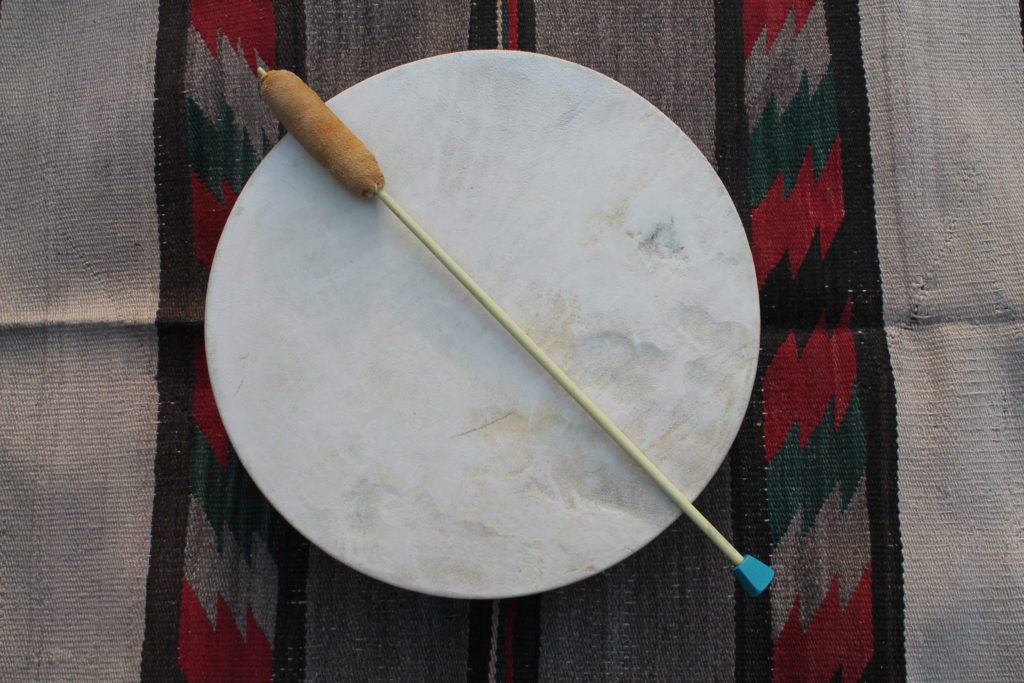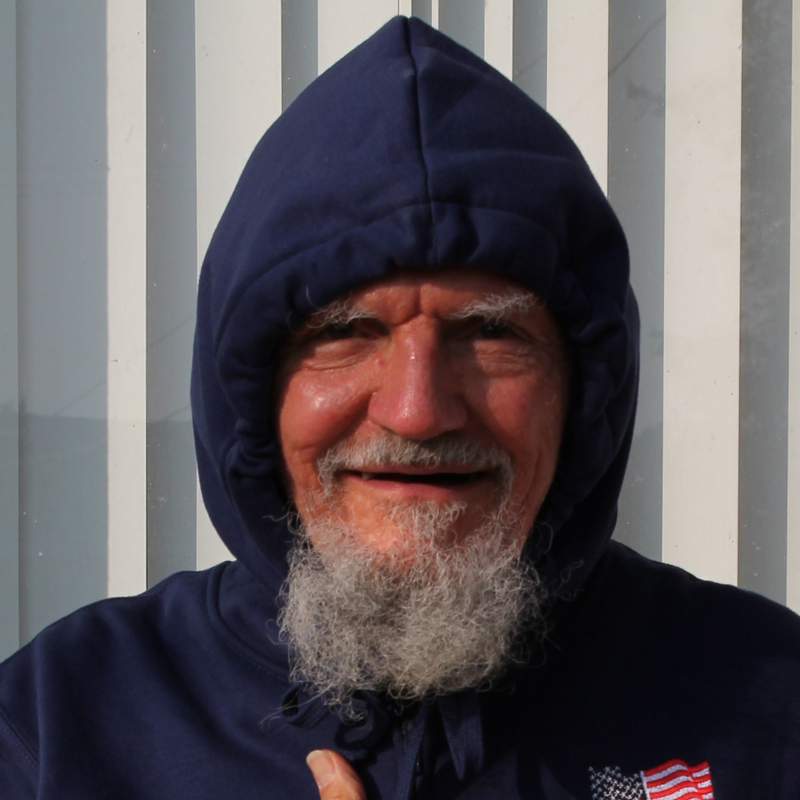

By Richard Iyall
In 1939, California Governor Culbert Olson declared Oct. 1 of that year to be Indian Day. That made this state the first to designate a day to honor the indigenous people who were on this land before the Europeans arrived.
In 1968, Governor Ronald Reagan signed a resolution calling for the state to recognize the fourth Friday of September as American Indian Day. That resolution, in part, designated the day for “informing Californians of the valuable historical and cultural contributions, past and present, of American Indians.”
In 1998, the California State Legislature passed a bill that made the fourth Friday of each September an official state holiday to be called Native American Day.
Central California is the historic homeland of the Yokuts people. They consisted of about 60 tribes. In California, there are 109 federally recognized tribes, with other tribes recognized by the state but not the federal government. It is a long and arduous effort on the part of indigenous tribes to get federal recognition.
When indigenous nations get federal recognition, or federal acknowledgement that they are indeed indigenous nations who have kept their governmental operations going in the face of so much adversity, they get some benefits. Such tribes are afforded the respect of being able to have government-to-government relations with the United States. A newly recognized tribe can then propose an area of land for their initial trust land, their “Indian” reservation. However, it is not an automatic designation.
A newly federally recognized tribe must submit to the federal government a specific area of land that they wish to be considered their initial trust land. They must also submit details of what might be the tribe’s maximum development of the land. If they don’t put it in writing beforehand, they might be limited in what they can do with the land if it were to become their initial trust land.
Having a piece of land designated as a federally recognized “Indian” tribe’s initial trust land has benefits for the tribe. They are granted some powers over the governance of the land. They would have a greater chance of being able to build a casino on the land. It would be more difficult, if not impossible, to do so on any other land that might later be designated as a piece of the tribe’s reservation land.
When a tribe submits a proposal for a piece of land that they want to be their initial trust land, the proposal becomes publicly available. After the proposal is submitted, there is time designated for anyone who might wish to oppose the tribe getting the specific piece of land as their initial trust land. Members of the public also have the potential to oppose what the tribe might intend to do with the land if the proposal were to be granted.
Take the Cowlitz Indian Tribe of the State of Washington as an example. In the “Indian Wars” of the 1850s, the Cowlitz helped the United States. The tribe did not get involved in the fighting. In fact, when the “Indian Wars” were over, a U.S. military officer had the Cowlitz people removed from a piece of land that had been called the Cowlitz Indian Reservation.
Congress had never ratified that land to be the recognized reservation of the Cowlitz. The military officer had held an occupation of the land, with troops, to make sure that the tribe didn’t join in the fighting. After the wars, the Army officer had the Cowlitz people removed, then illegally sold the land to European settlers, keeping the profits from the sales of the land for himself.
It took until the year 2000 for the United States to finally grant federal recognition to the Cowlitz Indian Tribe. After the designation became formal, the Cowlitz submitted a proposal for a piece of land to be the tribe’s initial trust land.
Included in the proposal was the fact that the tribe might build a casino on the land. People connected with four non-Indian gaming rooms in a nearby town objected to the proposal. Other people with a variety of motivations fought against the proposal for the Cowlitz to be able to have their proposed land to become their initial trust land.
A federal Court of Appeals denied the arguments that had been put forward to oppose the designated land from becoming trust land for the Cowlitz. That decision was appealed all the way to the U.S. Supreme Court. About 16 years after the tribe had received federal recognition, the Supreme Court came out with a statement that it would not take up the appeal. The decision in favor of the Cowlitz stood. That land became the first Cowlitz Indian Reservation land.
This September, and always, remember that the indigenous peoples of the lands of this country have endured much to still be alive, to try to maintain some historic culture and to keep their/our hearts tied to the love of our homelands and our relatives. Untold struggles and challenges of the indigenous peoples of this land have been endured to remain here.
As more truth comes to light, we are finding out even more dark secrets of the genocidal actions and abuse wrought against the indigenous stewards of the land. Who really loves the land more?
Sept. 24 has been designated by the State of California as Native American Day. Let us remember to honor the people, the land, the water, the air, the four-legged, the winged beings, the plants, our sacred Mother Earth and our ancestors. Aho!
*****
Richard Iyall is a member of the Cowlitz Indian Tribe of Longview, Wash. He has lived in Fresno since 1957. He has written and done photography for the Community Alliance newspaper. Contact him at riyall1@my.scccd.edu.


I deeply bow to you, your ancestors, and to your Truth you speak. So much of what you shared was totally new to me–it shows how “under” informed we are about the people that had been on this beautiful land for so long. I had tears welling up when I read, “…remember that the indigenous peoples of the lands of this country have endured much to still be alive, to try to maintain some historic culture and to keep their/our hearts tied to the love of our homelands and our relatives.”
We must keep educating and informing all of us that stand on this Mother Earth! Thank you, Richard, for being my teacher and to so many.